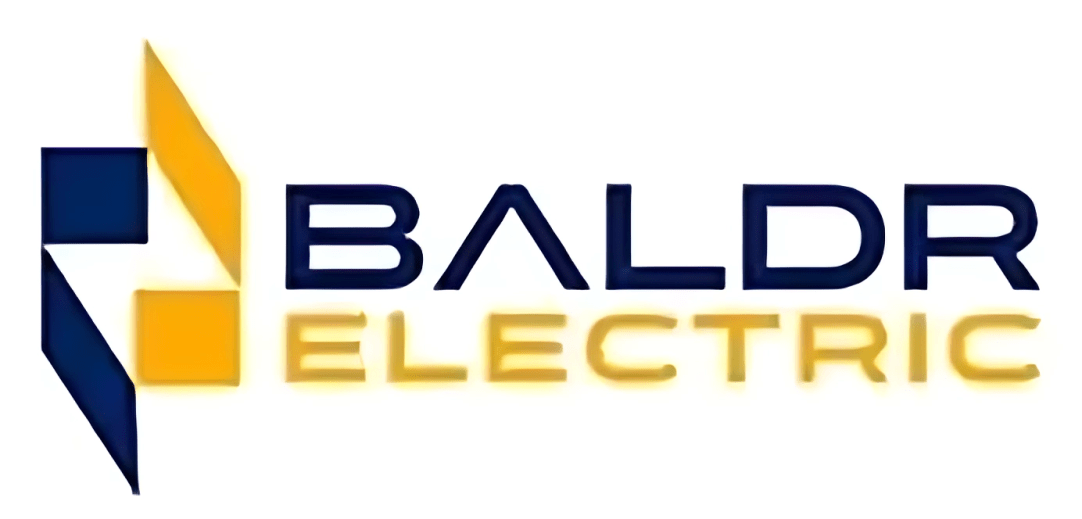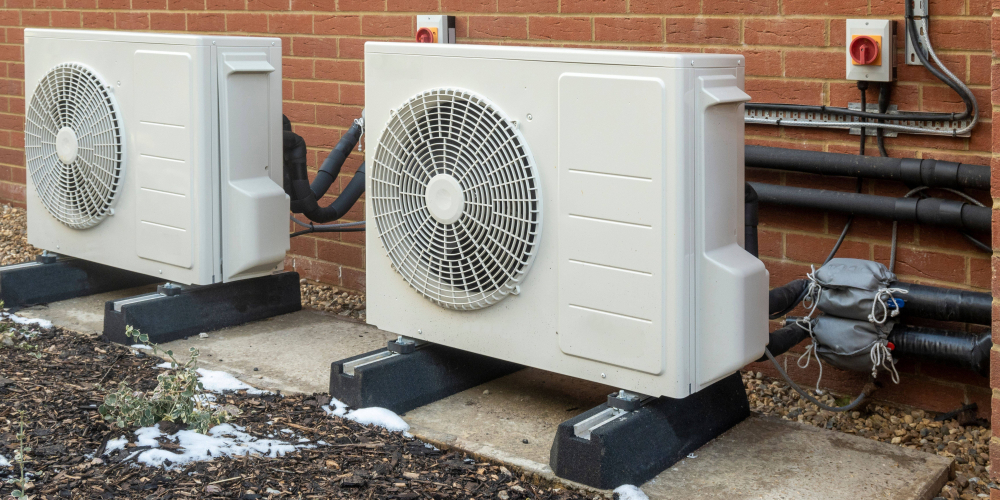A heat pump is a versatile home appliance that adjusts to the changing weather conditions and keeps your home comfortable throughout the year. Acting as an air conditioner during the summer and as a space heater during the winter months, it is a smart investment for your future that mainly works by transferring heat from one area to another. But the actual process isn’t as simple as just that. Whether you’re a curious homeowner wondering about the workings of a heat pump or a reader wanting to expand your knowledge on the subject, this blog is the right one for you.
Diving Into The World Of Heat Pumps: The Mechanics, Components & Everything Else In Between
So heat pumps are great for moderate climates and quite energy-efficient. They mainly work the same way your refrigerators do. So, if you have even a vague understanding of your fridges, you should be able to understand heat pumps, no problem.
Here are a few types of heat pumps and how each operates to keep your home comfortable.
- Air-Source Heat Pumps
The most basic variety of heat pumps; these work by transferring heat to and from the outside air. They have two fans, a reversal valve, refrigerator coils, and a compressor inside.
- During the winter, the air travels from the outside through the refrigerator coils and is fanned through the ducts to release into your home to warm up the space. Basically, it goes from a low temperature to a relatively higher temperature area.
- During the summer season, this is where the reversal valve steps in. Using just a bit of energy, the process is reversed, where the refrigerant coil absorbs heat present inside your home and releases it outside. The process is repeated till your indoors are cool and comfortable.
- Ground-Source or Geothermal Heat Pumps
Now, these are a little different from air-source heat pumps in that they transfer heat between indoors and the ground. Basically, geothermal heat pumps have pipes filled with water or refrigerants that either connect to a well or another underground water body.
If it’s a closed loop, then the same water or refrigerant is cycled to absorb heat and release it. But if the pipes are an open loop, they extract fresh water from the underground water source and circulate it throughout the pipe to extract the heat. The water is then pushed back into the water body, and new water is absorbed to start the cycle all over again.
- Absorption Heat Pump
Similar to an air-source heat pump, the absorption heat pump uses ammonia as the main refrigerant. It relies on gas or solar power instead of electricity, and the process goes something like this:
- Heat is transferred to an evaporator, where the refrigerant absorbs the heat and turns into a gas
- The gas is then transferred to an absorber, where it is absorbed by a concentrated solution and released into the air
- The generator then uses the heat source to separate the solution from the refrigerant
- Then the heat is released into the building before returning to the evaporator to repeat the process
- Reverse Cycle Chillers
These heat pumps rely on water instead of air, making them an excellent choice for residential or commercial properties in colder climates. The pipes connect to an insulated water tank that holds either warm or cold water. The fans transfer the water throughout the ducts, effectively cooling down or warming up interiors.
- Mini Split Heat Pumps
While the other heat pumps transfer air using two sets of fans throughout the air ducts, there are other, lesser-known varieties built especially for properties without vents. These mini split heat pumps use a single outdoor air source unit to connect with multiple units inside. These indoor units are further connected to space heaters or water heaters and work well enough to warm up small areas.
Conclusion
To conclude, heat pumps are a stroke of brilliance when it comes to keeping your interiors comfortable. Best for moderate climates; they come in a large variety and work by transferring heat from water or air sources to keep your indoors cool during summers and warm during the cold season. We hope this blog helps you understand how each system works. If you have any more questions, feel free to ask!
FAQs
Will heat pumps save me money?
Yes. Heat pumps are generally 3-5 times more efficient than other types of heating and cooling appliances.
Are heat pumps expensive?
The upfront cost may be a bit high, but the long-term savings on energy bills more than make up for it.
Are there any incentives for heat pumps?
The US offers tax credits and rebates, significantly lowering the cost of heat pump installation.


